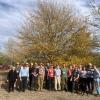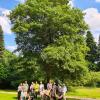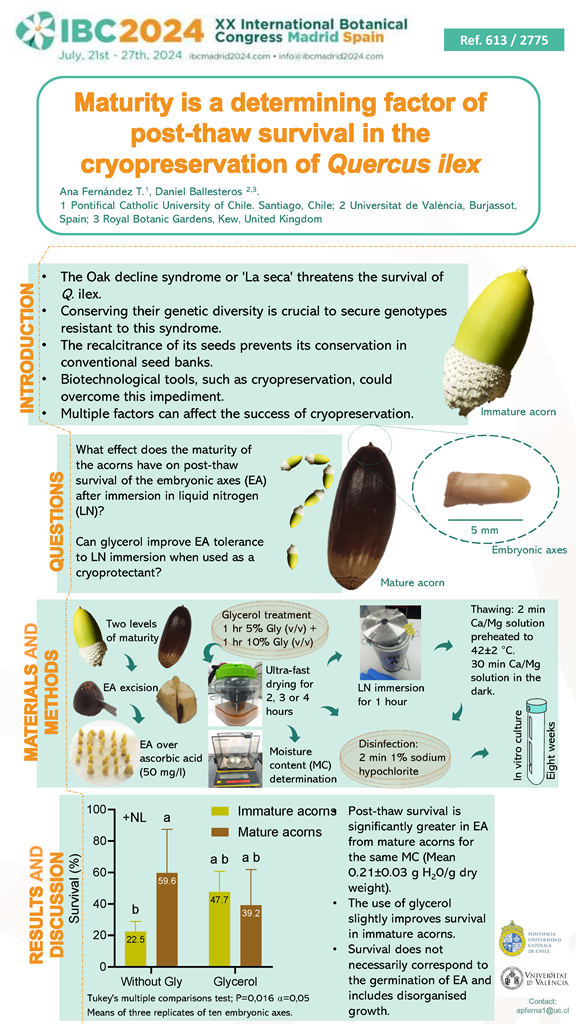Editor's Picks
Plant Focus
Poster presented at the XX International Botanical Conference, Madrid, Spain, July 21–27, 2024.
Authors:
Ana Fernández T.1, Daniel Ballesteros2,3
Affiliations:
1. Pontifical Catholic University of Chile. Santiago, Chile
2. Universitat de València, Burjassot, Spain
3. Royal Botanic Gardens, Kew, United Kingdom
Abstract:
Quercus is a large, widespread, and important tree genus in the Northern Hemisphere. However, anthropic intervention and biotic and abiotic stress associated with climate change, added to a poor regenerative capacity, maintain various Quercus species seriously threatened with extinction. For example, the oak decline syndrome (aka “la seca”) is a global phenomenon with a high impact on some Iberian oaks, like Q. ilex. Conserving the genetic diversity housed in the wide geographical distribution of these species is crucial, particularly to secure genotypes resistant to this syndrome. Whether for ecological, economic, or sociocultural interest, the ex-situ conservation of Quercus species has attracted particular attention worldwide, which comes up against the difficulty imposed by its seeds' recalcitrant nature (i.e., desiccation sensitivity). This difficulty has been overcome for various plant species through the storage of their tissues in liquid nitrogen (cryopreservation); however, various incident factors must be examined to develop successful protocols in oak species. In this study, we have investigated the effect of seed maturity of Q. ilex on post-thaw survival after cryopreservation. We have also compared the effect of using glycerol as a cryoprotectant solution. The responsiveness of embryonic axes excised and partially dried ultra-fast for different times and exposed to liquid nitrogen with or without applying a cryoprotectant solution was evaluated after six weeks of in-vitro culture. The central hypothesis is that the maturity stage could be associated with different tolerance to desiccation and low temperatures, exhibiting different aptitudes to tolerate cryopreservation protocols. The approach of this study increases the knowledge of factors associated with cryopreservation success for these important recalcitrant species.
















